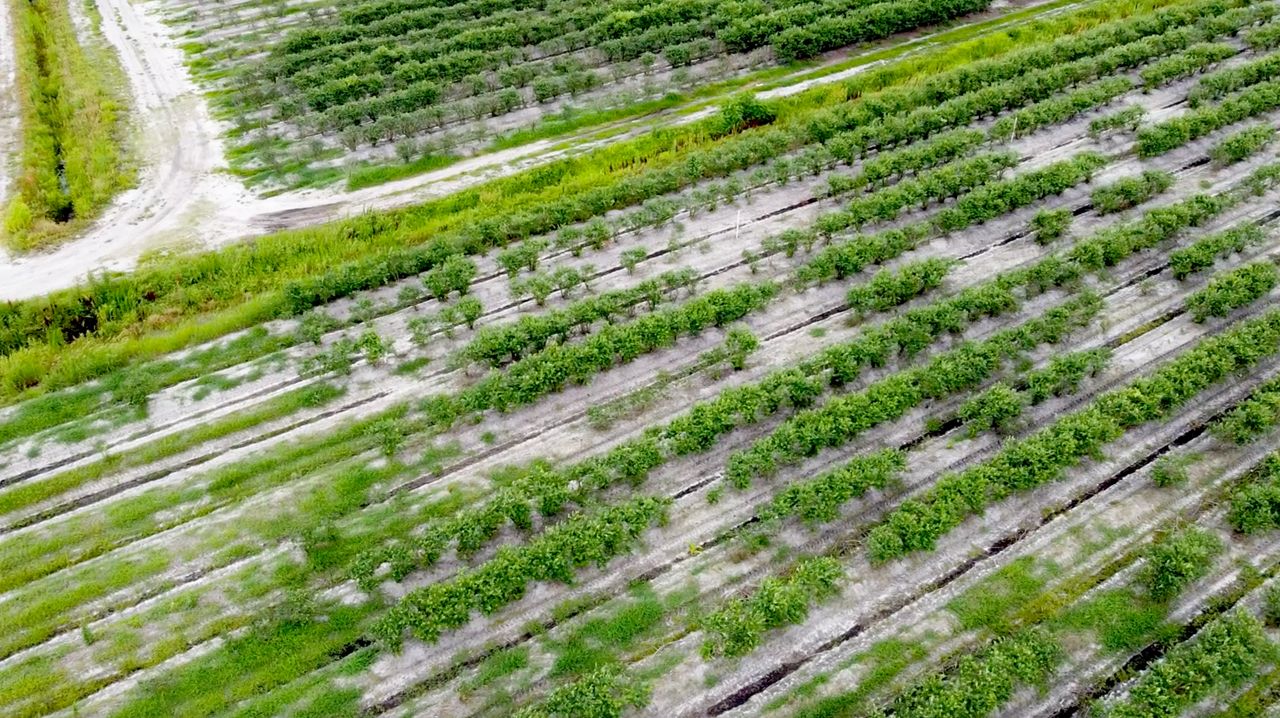BURGAW, N.C. — Lasting flood damage is an ever-present reminder of the perils of farming in North Carolina’s hurricane alley.
-6)
When floodwaters recede, that’s when even more damage from storms can be seen. Hurricane Florence formed on the last day of August in 2018 and made landfall in North Carolina on September 14. The Category 1 storm sat over the state, dumping rain for days. Parts of southeastern North Carolina saw between 2 to 3 feet of rain due to the storm.
“I remember seeing a map where at least 90% of Pender County was under water,” said Morgan Heimbach, a blueberry farmer at Shaken Creek Farms. “It was just like nothing we had ever seen.”
Shaken Creek Farms lost two years of blueberry harvests thanks to Florence. Heimbach said the current harvest is just 40% of what they were picking before the storm.
“Biggest probably production year was probably around 2014 or 2015 — we picked close to one million pounds of blueberries that year,” Heimbach said. “To put it in perspective this year I think we might hit 400,000.”

Their farm was waterfront property for a solid week after the rain stopped. Heimbach said she remembers looking at pictures of the flooding and crying, knowing loss would be unavoidable.
“It’s been weird for us to see which plants survive and which don't, and you can have a whole row of healthy plants and then have a section of completely dead ones,” Heimbach said.
In the five years since Florence, they’ve replaced between 4,000 and 5,000 bushes in the back field and have that many more to replace in other fields that are struggling.
“Each year we kind of take out more and more, and so that's when we get to the point of needing to replant,” Heimbach said.
She said it’s hard to imagine another storm hitting before they’ve even gotten back on their feet, but living in hurricane alley in North Carolina, she said storms are inevitable.
“Hurricane Florence was definitely a learning experience, and we've kept our notes,” Heimbach said.






